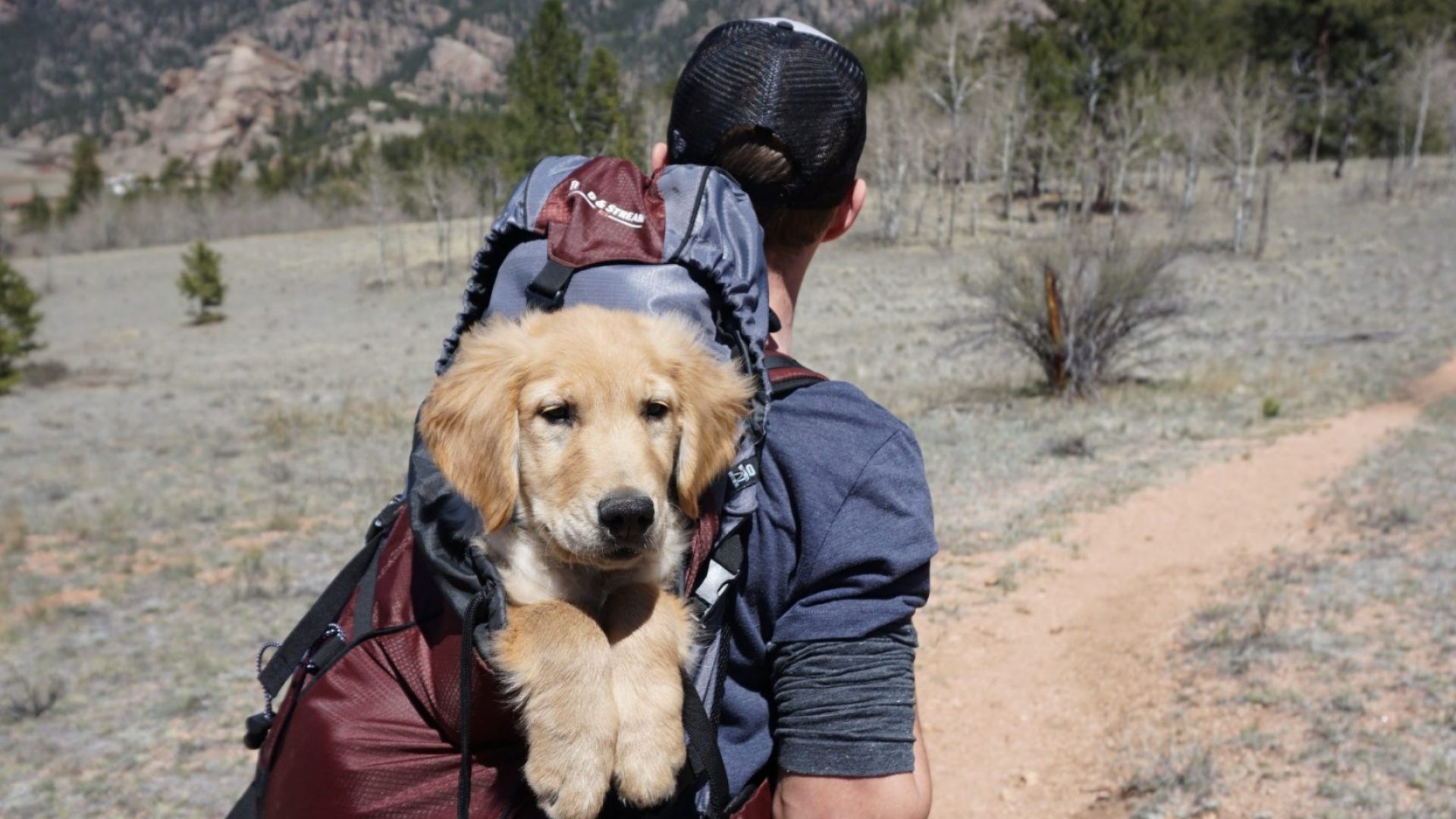Pet owners don’t always bring their pets when they travel, but there are situations when you might want or need to, such as when making a large relocation to a new location. A pet with a neurotic or worried disposition might also make it difficult for you to travel comfortably.
However, there are occasions when travelling with a frightened pet is more useful for the pet in terms of helping it overcome its concerns and providing the comfort it requires. If you have to travel with an anxious pet, there are a few helpful hints and suggestions to help you and your pet gets through the journey smoothly.
Recognize your pet’s body language.
Understanding when your pet is nervous or agitated is quite beneficial. There are numerous typical indications and symptoms of stress in pets, so keep an eye out for them. They will consist of:
Shivering or whimpering frequently
Howling, barking, or meowing
Panting and pacing are two common signs of exhaustion.
Excessive digging Destruction of goods or furniture Cowering and tucking its tail
Chewing, yawning, or licking excessively
Your pet’s eyes may be glazed over or continue to shake off as if wet. The first step in knowing how to assist reduce these symptoms is recognizing them. If you’re still having difficulties preventing anxiety in your pet after attempting some of these tips, you may always seek professional help from an animal behavioural specialist.
Travel Runs for Practice
It’s better if you work on gradually acclimating your pet to the notion of travelling in a car. Take your pet on your next vacation while you run errands for brief amounts of time to get used to travelling. Your pet will become accustomed to travelling in the automobile and will be less worried or stressed once they have spent a significant amount of time in it.
Bring your pet with you the next time you go to the drive-thru, the bank, or even a pet store where you can bring your pet in. You can help your pet develop a pleasant relationship with travel so that it is not afraid.
If your pet is anxious while travelling, you may need to plan how you will handle the situation ahead of time. Begin by leaving the car park, bringing your pet out to the back, and lavishing praise and food on it. You can eventually bring your pet on brief vehicle rides if you do this for a few minutes every day for a few weeks and progressively extend the duration of time in the parked car. It aids in desensitizing your pet to the thought of being in a car and the stress of being in a moving vehicle so that you may link travel with happy experiences.
Keep your pet calm and safe.
While travelling, nervous pets want reassurance. You could choose to use a box or install a pet harness belt for your trip. If your pet has a tiny bed that you can bring on the journey, it will be more relaxed.
You can assist your pet in relaxing by bringing familiar objects or beloved toys. Blankets, games, puzzles, and treats can also help your pet relax and stay entertained during your journey
Swaddling is another way to keep your pet safe. Weighted blankets, such as the ThunderShirt, can help calm anxious animals. Vests and blankets that you may wrap around your pet will help keep it calm and relaxed during your journey.
Petting and praise abound.
Nervous animals, like humans, require assurance. Make sure you speak to your pet in a soothing, quiet tone and lavish praise on it for positive reinforcement. Stroke your pet often and rub it in areas like the ears and back.
There are acupressure points that can help your pet feel less anxious. If you notice your pet becoming worried, hold the pressure point above the carpus, similar to your pet’s wrist. Because lavender oil is recognized for its calming properties, rub a small amount on your fingers and rub it over your pet, allowing the smell to work its magic.
Travelling by Air with Nervous Pets
You should expect an anxious pet if you must travel by plane. Crates or carriers will almost certainly be required, so check the airline’s standards and procedures for proper pet handling.
Other aspects of flight travel to consider include security and being around more people, which might aggravate your stressed-out pet. If you can make frequent trips long before the actual trip, give yourself enough time and strive to accommodate your pet at the airport.
Rushing through an airport to reach your gate or flight is a nightmare for an anxious pet. Make sure you arrive early enough for your flight so you don’t have to rush, as this will make your pet more anxious because they will sense your anxiousness.
Speak with your veterinarian.
If none of these solutions seems to be helping and you still have worries about your anxious pet, consult your veterinarian. Your vet may be able to offer some other helpful advice for you and your pet or possibly prescribe something like a mild sedative to help your pet relax and stay calm during your trip.
Because preparing for moves and travel with your pet can be time-consuming and stressful, you must also endeavour to keep yourself calm and comfortable throughout this period. Pets are aware of your feelings and emotions. So do your part to make the transfer as painless as possible for yourself and your beloved buddy to travel securely.
